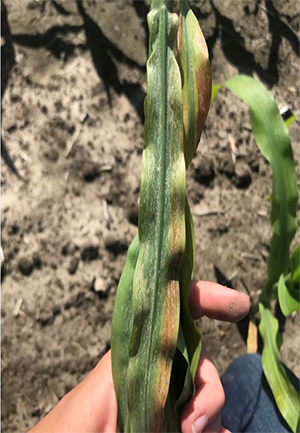Figure 1. Western bean cutworm peak flights for 2015 to 2018
A few pests were more abundant and, in some cases, unexpected. Cereal leaf beetle, alfalfa weevil, soybean aphids and pea aphids reached thresholds in some fields. The aphid populations in return, may have helped build the natural enemy populations that moved into corn this year and helped reduce the western bean cutworm population. Reports of syrphid fly larvae plastering corn tassels were almost unbelievable without the photos that accompanied them. There were many fields with more than one ladybug adult or nymph on every corn plant. That is a great news story.
Unexpected pests included thrips and corn rootworm. Thrips in mid V stage corn and soybeans in dry fields were actually causing enough injury to justify control in some fields (Figure 2). Thrips are typically an issue in crops at the seedling stage or at most, a concern on the lower leaves of non-pubescent soybean varieties or susceptible sweet and seed corn plants in dry years. Corn and soybean plants normally grow ahead of any thrip feeding injury, with new leaves appearing healthy and thrip free. But if there is no rain, crop growth can be delayed and the thrip population can explode. With few to no action thresholds for guidance, spray applications were recommended in only those fields that continued to have symptoms and a fair number of thrips on the new leaves. Corn rootworm adults were out two to three weeks earlier than normal. Though they are usually only a pest concern in continuous corn fields, a few adults were frequently found feeding on the silks and kernels at the ear tip in grain corn which may have increased the risk of ear moulds. As reported in last week’s crop report, field conditions were favourable for ear moulds this year, but insects like western bean cutworm and rootworm can contribute to increasing this risk by opening up the ear tips to infection.

Figure 2. Thrip damage in corn. Photo credit – J. Kobe, Sprucedale Agromart
Finally, as a result of the above normal temperatures this summer, stink bugs, tarnished plant bug and spider mites kept scouts busy late into the season. These pests in particular thrive in hotter years and may become our main pest concerns as hotter summers become more frequent. Late season corn, soybean or dry bean seed damage by stink bugs and tarnished plant bugs can increase costs to grain cleaning or risk complete loads being rejected. Being present late in the season when scouting has wrapped up makes it more difficult to spot them for timely management. New registrations of foliar insecticides with shorter pre-harvest intervals will also be needed to target these late season pests, and allow us to rotate from the chemical families already used to control the earlier season pests within the same field. Insecticide resistance by spider mites, western bean cutworm and soybean aphids are real concerns facing Ontario agriculture in the near future with soybean aphids and spider mite resistance being documented in nearby jurisdictions.
Source : fieldcropnews